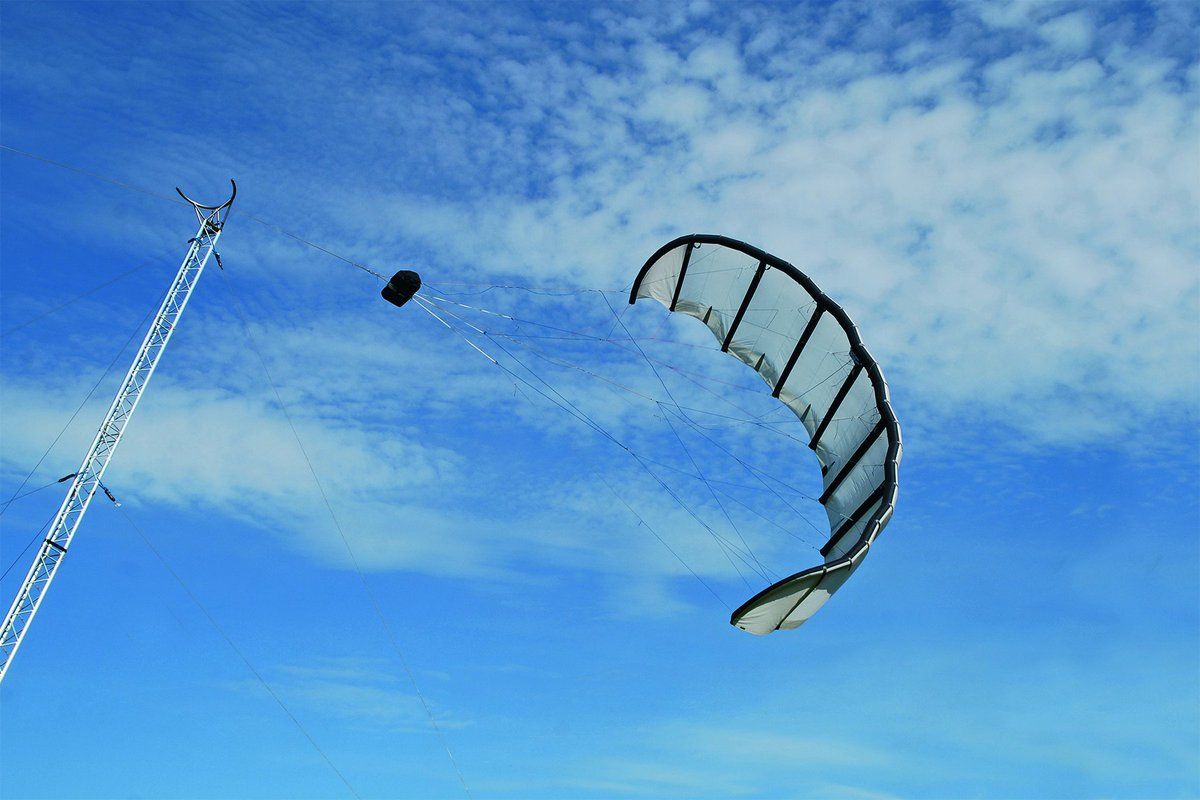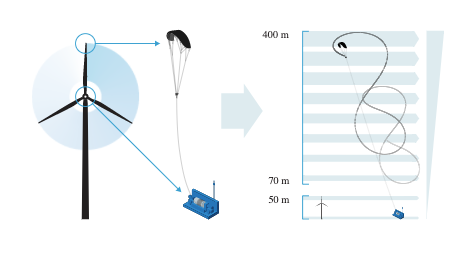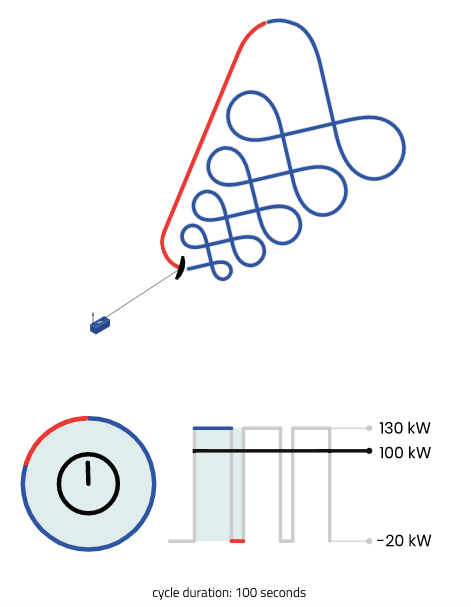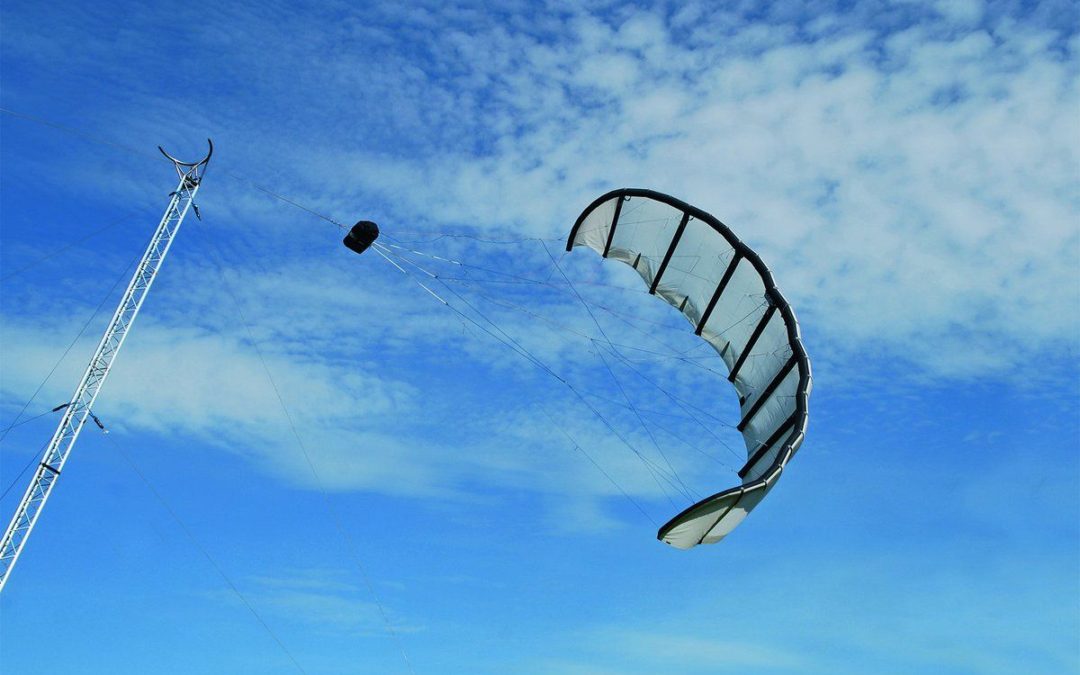
Airborne Wind Energy, a leading start-up in the wind energy sector, is now working on alternatives to traditional wind turbines. The alternative is both innovative and cost-efficient. According to the start-up, their new technology, Kitepower, uses up to 90% less material and has the potential to be twice as efficient as wind turbines, with the same power output. The start-up is currently developing a commercial 100 kW Kitepower system that will become the first airborne wind energy system on the market.

Kitepower systems, contrary to wind turbines, don't need resource-intensive towers or heavy foundations. Therefore they are both highly mobile and easy to deploy. On Kitepower's website, it says that the system is also able to harness stronger and more persistent winds at higher altitudes. This allows for capacity factors greater than 0.5 and cost-effective electricity generation in return. The leading product of the start-up, the Kitepower Falcon, is designed for remote communities all around the world in order to diminish their dependence on expensive and polluting diesel supply.
Johannes Peschel, the founder, and CEO of Kitepower believes this type of wind power to be the transition that the world needs in order to move away from fossil or nuclear energy. He writes that wind power uses the whole world as an engine and that the whole planet is like a huge boiler that constantly creates steam. The only thing we need to do is harness that power.
Peschel also writes that Kitepower is the best way to do so: "It reduces wind energy harvesting to its essence: Almost every component contributes directly to the electricity generation, and little material is used. This simplicity also makes Kitepower almost invisible and very cost-effective. This is my path to a sustainable future, and I invite you to join me and make this our path"
Roland Schmehl, co-founder and advisor at Kitepower, writes that "Airborne wind energy is an innovative renewable energy technology which, on a small scale, is perfectly suited for remote off-grid electricity generation and, on a larger scale, will have the potential to disrupt the global energy economy."
The team working with Kitepower is international and with a multi-disciplinary background such as mechanical, aerospace, electrical, and software engineers. Also, sustainable energy and natural sciences professionals and business developers, commercials, and designers are part of the team.
On Kitepower's homepage they have written, "We envision a world where Kitepower systems are deployed globally, delivering clean, affordable and sustainable energy to everyone."
How do the Kitepower Falcon work? The electricity generation works in two phases, which is reel out (produces energy) and reel in (consumption of the energy). In phase one, energy is generated when the kite is flown in a cross-wind figure of eight pattern to achieve a high pulling force and reel out the tether from the winch. During this phase the Kitepower Falcon produces 130 kW throughout 80% of the cycle's time.

Phase two happens when the max tether length is reached. Then the kite's profile is adjusted in order to reel in the tether with low force, using a small portion of the energy produced in phase one. The Kitepower Falcon uses 20 kW throughout 20% of the cycle's time during this phase.
Some of the significant benefits of Kitepower are that it can produce electricity during the day as well as at night and on cloudy and rainy days. It has a higher capacity than solar power and wind turbines. It uses less material (up to 90% less). It is ideal for remote communities and sites since it's deployable in harsh environments.





